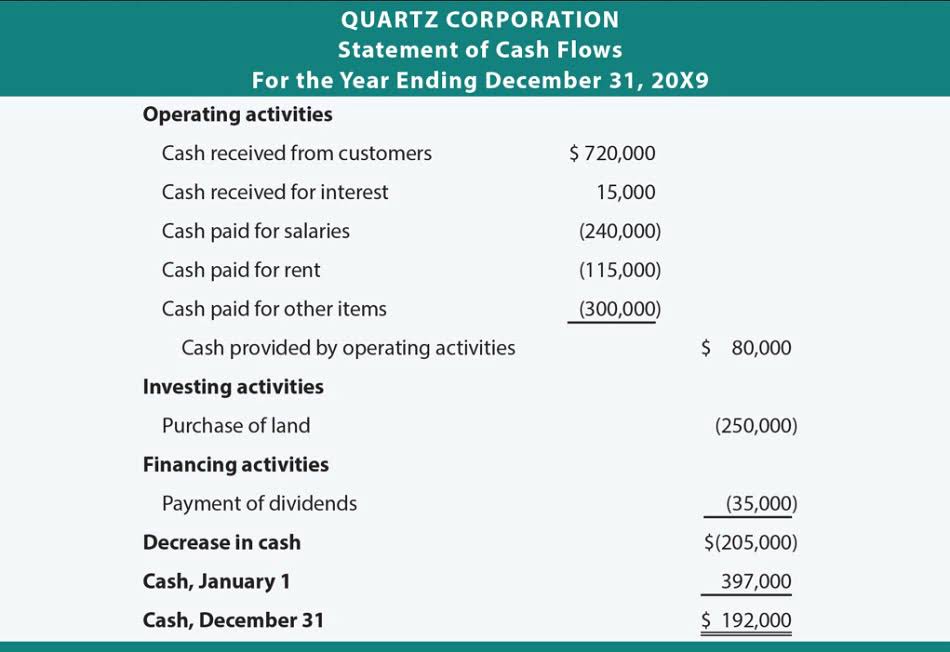
These costs are called variable costs, and they vary as your business makes more products. So, if you spend $50 to make one unit of your product, and you sell that one unit for $75, your contribution margin is $25 ($75 minus $50). The Contribution Margin is the incremental profit earned on each unit of product sold, calculated by subtracting direct variable costs from revenue. The contribution margin is 40% which means 40% of the total net sales revenue generated during the year is available to cover all fixed expenses as well as generate profit for the business. Contribution margin ratio (CM ratio) is the ratio of contribution margin to net sales. It cm ratio is equal to 1 – ratio. tells what percentage of sales revenue is available to cover fixed cost and generate profit.
CM ratio is equal to 1 – ratio. (Enter only one word per blank.)

However, price adjustments must consider market conditions and consumer demand. A price increase could reduce Bookkeeping for Etsy Sellers sales volume if customers perceive the product as overpriced. Companies use market research and elasticity analysis to find optimal pricing strategies that maximize profitability while remaining competitive.
- It is calculated by dividing the contribution margin (sales revenue minus variable costs) by total sales revenue.
- Then, compare the decimal values to determine if the ratios are equal or if one is larger than the other.
- The concept of contribution margin is fundamental in CVP analysis and other management accounting topics.
- The contribution margin helps analyze the impact of changes in sales volume, pricing, or costs on profitability and assists in making informed decisions regarding product mix, pricing strategies, and resource allocation.
- Along with the company management, vigilant investors may keep a close eye on the contribution margin of a high-performing product relative to other products in order to assess the company’s dependence on its star performer.
- The contribution margin is a financial metric that represents the amount of revenue available to cover fixed costs and contribute to profit after deducting variable costs.
- Likewise, a cafe owner needs things like coffee and pastries to sell to visitors.
Role in Break-Even Analysis
The contribution margin is not necessarily a good indication of economic benefit. Understanding and applying this concept, helps enable businesses to make informed decisions that can enhance profitability and long-term success. Let’s consider the Air Compressor PM that is scheduled for accomplishment once every month. It also requires that you shut down the compressor and check the condition of the air filter and oil level. If you accomplish this PM as scheduled for 6 months and do not note any problems, or do not have to change the air filter, or replenish the oil, what can you say about this PM? First, you have used at least 5 manhours of valuable craft labor performing a PM that you did not need to do after the first time, not to mention the 5 hours that the compressor was “off-line” for accomplishing the PM.

Software & Cyber Engineering
- According to the definition and formula above, your CM ratio for your second item is $40 divided by $150, or 26.7% (lower than your first product’s 33.3%).
- Also known as dollar contribution per unit, the measure indicates how a particular product contributes to the overall profit of the company.
- The cost to host customer data on the cloud can change as new customers are signed, but the company pays the same rent to the building manager regardless of how many customers it loses or gains.
- In the next part, we must calculate the variable cost per unit, which we’ll determine by dividing the total number of products sold by the total variable costs incurred.
- The contribution margin formula is calculated by subtracting total variable costs from net sales revenue.
Several factors affect the contribution margin ratio, shaping a product’s profitability. Understanding these elements helps businesses enhance financial performance. Where C is the contribution margin, R is the total revenue, and V represents variable costs. Fixed costs stay the same regardless of the number of units sold, while variable costs change per unit sold.

The contribution margin ratio is a valuable tool for developing pricing strategies. By identifying the portion CARES Act of revenue exceeding variable costs, businesses can set prices that maximize profitability while staying competitive. This ratio helps determine the minimum price necessary to maintain financial viability, providing a buffer for unexpected costs or market shifts. However, ink pen production will be impossible without the manufacturing machine which comes at a fixed cost of $10,000. This cost of the machine represents a fixed cost (and not a variable cost) as its charges do not increase based on the units produced. Such fixed costs are not considered in the contribution margin calculations.